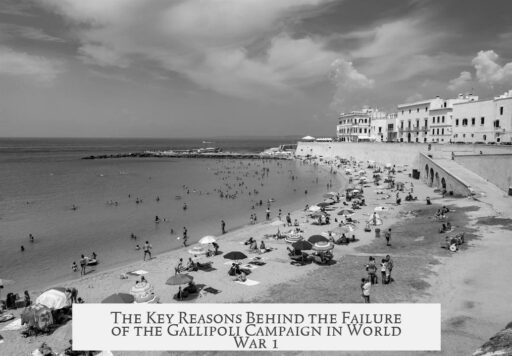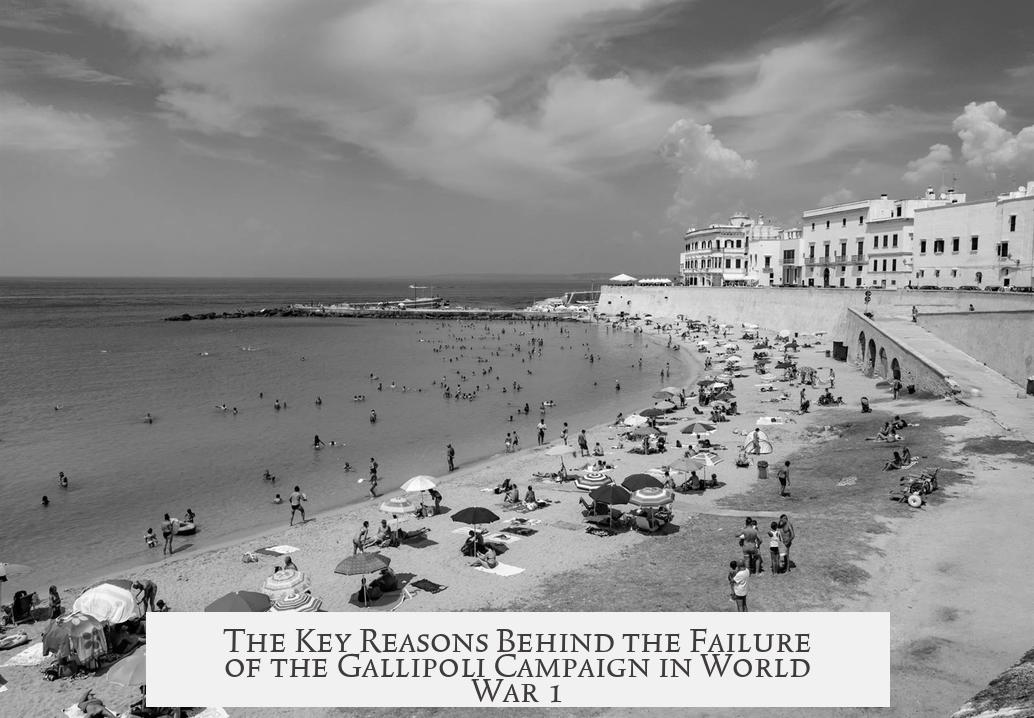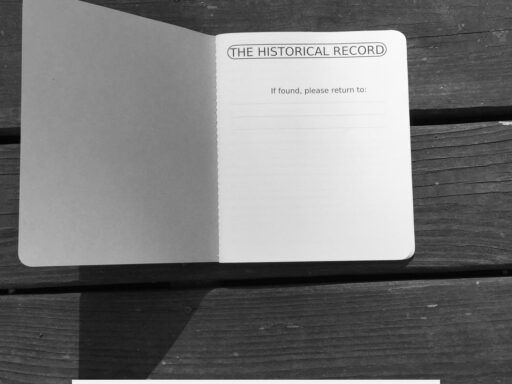The Gallipoli Campaign in World War 1 failed so badly due to a series of critical strategic errors, underestimation of Ottoman defenses and leadership, flawed operational decisions, harsh terrain, disease, shifting strategic priorities, and weak political support that together doomed the operation from the start.
The campaign, formally known as the Dardanelles Campaign, was fundamentally ill-planned. Its goal was to force the Dardanelles Strait, thereby knocking the Ottoman Empire out of the war. By controlling this passage, the Entente aimed to open a supply route to Russia through the Black Sea and disrupt Ottoman military efforts. While logical on paper, this plan ignored critical realities of warfare, especially the strong Ottoman defenses and geography.
The Entente’s underestimation of Ottoman fortifications and naval capabilities proved disastrous. Ottoman shore forts, minefields, and naval forces had already repelled a naval-only assault, sinking three Allied battleships and nearly destroying more. The British ignored prior lessons from failed attempts to force similar waterways, reflecting a consistent underestimation of Ottoman military strength that repeated disastrously here.
Following the naval failure, the Allies shifted to a land assault to neutralize Turkish defenses. However, their choice to concentrate landings solely on the European side of the peninsula was misguided. They landed troops at the peninsula’s narrow western edge, aiming to seize a large beachhead quickly. This decision exposed forces to rapid and well-prepared Ottoman counterattacks. The plan ignored the need for control over the entire strait and overrelied on swift seizing of terrain they could not realistically hold given Ottoman response capabilities.
The Entente further misjudged the quality of the Ottoman land forces. Turkish troops benefited from recent German-led military reforms and training, making them more competent than expected. Success on the battlefield hinged in part on commanders like Mustafa Kemal, who anticipated the landing sites and organized effective, near-coastal defensive lines. His leadership contrasted sharply with inconsistency and poor coordination among Allied commanders.
Terrain played a decisive role. The Gallipoli peninsula’s rugged and rocky landscape funneled assaults into narrow, easily defended passes. Machine guns and entrenched defenders created deadly kill zones where attacking troops suffered heavy casualties. Both sides became locked in a deadly stalemate marked by repeated costly attacks and counterattacks, reflecting conditions similar to those on the Western Front. The environment prevented significant territorial advances and turned the campaign into slow attrition with little movement.
Disease exacerbated these difficulties. Prolonged fighting in unsanitary conditions led to widespread dysentery and other illnesses, seriously reducing fighting capacity. Troop health deteriorated, undermining the effectiveness of many units. Supply and logistical challenges amid rugged terrain added strain, further degrading combat readiness over time.
Strategic priorities also shifted dangerously. The entry of Bulgaria into the Central Powers and the collapse of Serbia opened a land corridor connecting Germany directly to Constantinople. The Entente shifted attention toward the Balkans, dispatching troops from Gallipoli to the new Salonika front in Greece to support Serbia. This diversion reduced manpower and resources available for the Gallipoli campaign. Increasing focus on the Balkans contributed to the decision to eventually abandon the Gallipoli effort altogether.
Political and diplomatic factors weakened the campaign’s foundation. The Entente deployed troops in Greek territory without official permission, violating Greek sovereignty. This lack of coordinated political support reflected a fragmented strategic approach. The discordant diplomatic posture contrasted with the Entente’s stated principles, undermining unity and further complicating military objectives.
| Factor | Impact on Campaign Failure |
|---|---|
| Ill-advised strategic premise | Underestimated Ottoman strength and defensive reality |
| Underestimation of Ottoman defenses | Naval losses and repelled assaults |
| Flawed landing strategy | Exposed troops to rapid counterattacks, inadequate control |
| Ottoman troop competence | Effective defense under experienced commanders like Mustafa Kemal |
| Rugged terrain | Killed mobility; created deadly stalemate |
| Disease and logistics | Degraded troop health and combat capacity |
| Shifting strategic priorities | Resource diversion to the Balkans weakened effort |
| Lack of political/diplomatic support | Weakened strategic coherence and alliances |
Overall, the Gallipoli Campaign failed due to a combination of poor strategic planning and operational execution, robust Ottoman defense and leadership, difficult geography, health crises, distracted strategic focus, and diplomatic shortcomings. The campaign’s abandonment after heavy casualties reflects these intertwined failures rather than mere battlefield stagnation.
- Strategic goals ignored operational realities and defenses.
- Ottoman military and leadership were stronger than assumed.
- Landing choices exposed forces to rapid counterattack.
- Harsh terrain favored defense, creating stalemate conditions.
- Disease critically weakened Allied forces.
- Shifting focus to the Balkans drained vital resources.
- Diplomatic missteps undermined unified political support.
Why Did the Gallipoli Campaign in World War 1 Fail So Badly?
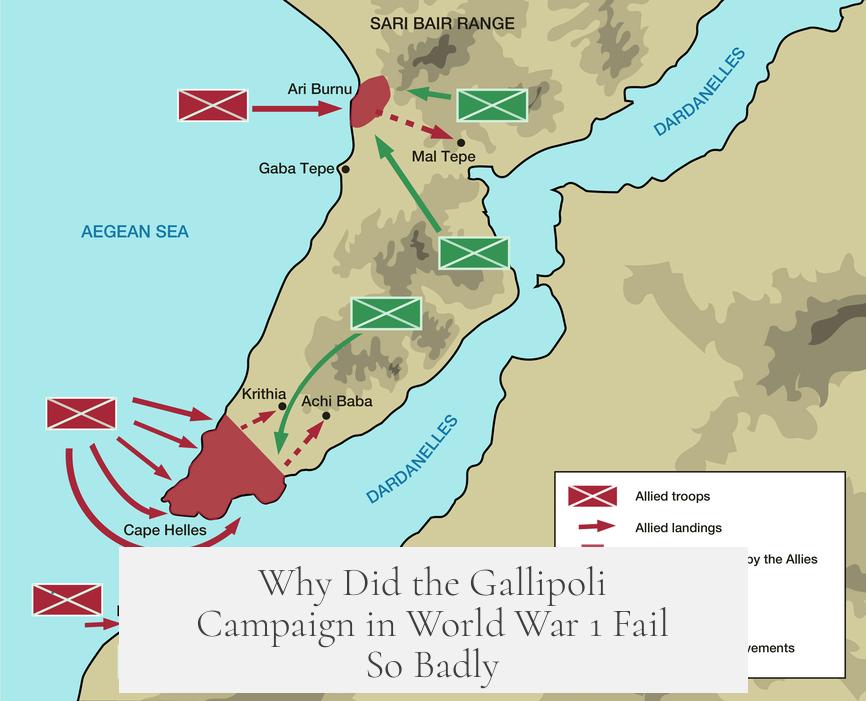
The Gallipoli Campaign failed disastrously because of a toxic mix of ill-planned strategy, underestimating Ottoman strength, rough terrain, deadly disease, shifting alliances, and diplomatic blunders. These factors combined to turn a seemingly sound military idea into a bloody stalemate with tragic consequences.
Let’s unpack this spectacular failure step-by-step, minus the fluff and clichés, and see what really went wrong.
The Ill-Advised Strategy—Fighting on Paper

Picture this: The Entente powers come up with a grand plan—they want to force the Dardanelles Strait, crack Constantinople open, cut off Ottoman forces, and support their Russian allies in the Black Sea. Sounds brilliant on paper. The problem? War doesn’t play by the rules of neat little ideas and clever maps.
The campaign’s fundamental flaw was assuming that naval power alone could force the passage, underestimating Ottoman defenses and ignoring history. It’s almost baffling to think they overlooked a previous failure in similar naval assaults in China during the Second Opium War.
They didn’t just underestimate the Ottoman Empire—they brushed aside hard-won lessons. This strategic hubris laid the groundwork for disaster.
Underestimating Ottoman Fortifications and Fighting Spirit

First up: the Ottomans weren’t pushovers. They had well-prepared forts, deadly minefields, and an experienced navy. When the British and French tried their sea assault, they lost three battleships, barely escaping with two more and a battlecruiser. A naval headache, to say the least.
What’s more, the Entente didn’t sufficiently reassess Ottoman troops’ capabilities after the Balkan Wars. Ottoman forces had been trained intensively by the Germans, refining their skills and command structure. The British repeatedly made the mistake of discounting the Turks’ ability to defend their homeland.
Landing at the Wrong Shore—A Tactical Blunder

After the costly naval failure, the Entente switched gears. They decided to attack by land but only focused on the European side of the Dardanelles Peninsula. They thought controlling one bank would suffice. Spoiler: it didn’t.
Then they landed troops at the very edge of the peninsula, hoping to grab a big beachhead before the Ottomans could react. This gamble flopped spectacularly. Troops landed exposed, with narrow frontlines that allowed Ottoman forces to strike quickly and decisively.
Overconfidence bit them hard. Instead of securing secure ground first, they landed in a kill zone. Not their brightest moment.
Mustafa Kemal and Underestimated Ottoman Command
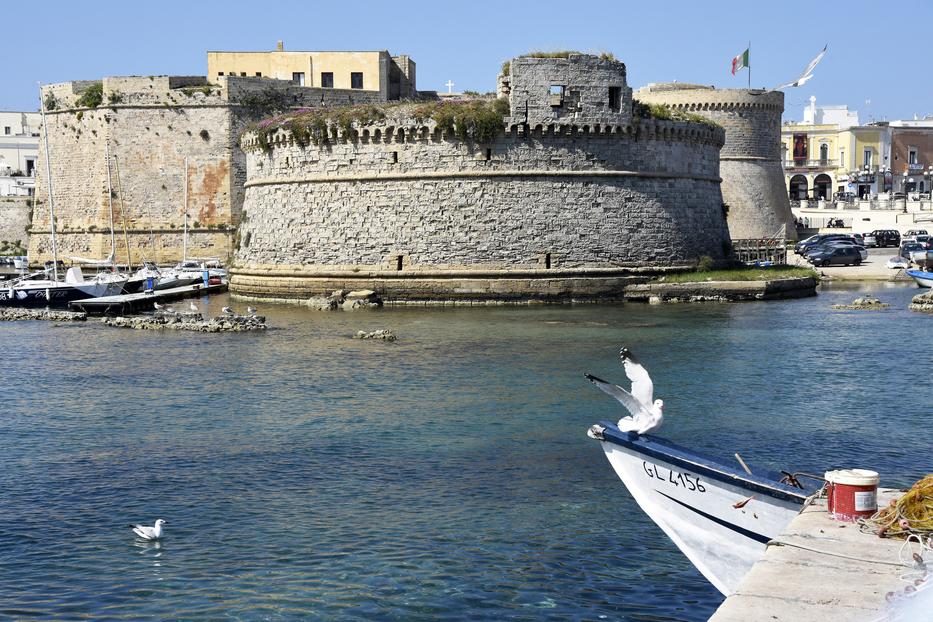
The real game-changer was Ottoman leadership—particularly Mustafa Kemal, who would later be known as Atatürk, the founder of modern Turkey. He anticipated where the landings would occur and quickly organized a fierce defense near the shore.
Under his competent leadership, the Ottomans scrambled their forces into tight defensive lines and held firm. Meanwhile, the Entente commanders appeared slow and disorganized, failing to adapt.
The Ottoman troops’ recent German-style training paid off, turning what the Entente assumed would be an easy landing into a brutal stalemate.
Hostile Terrain—Nature’s Own Defense
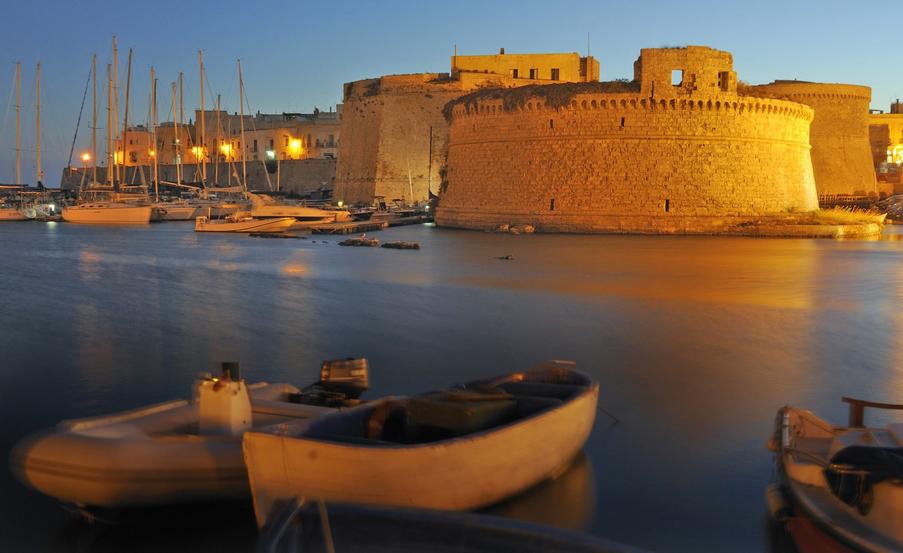
If underestimating the enemy wasn’t enough, the landscape itself was a nightmare. The Gallipoli Peninsula is rough, rocky, and broken by narrow ridges and gullies. Attacks had to funnel through these choke points, turning the battlefield into a slaughterhouse where machine guns ruled.
Take the famous fight at Anzac Cove on April 25, 1915—Ottoman counterattacks were mowed down by just two machine guns. Both sides suffered terribly, but no one made meaningful gains.
The terrain ensured the campaign resembled a mini version of the Western Front’s trench warfare, with endless back-and-forth attacks that won nothing but casualties.
Disease: The Silent Killer
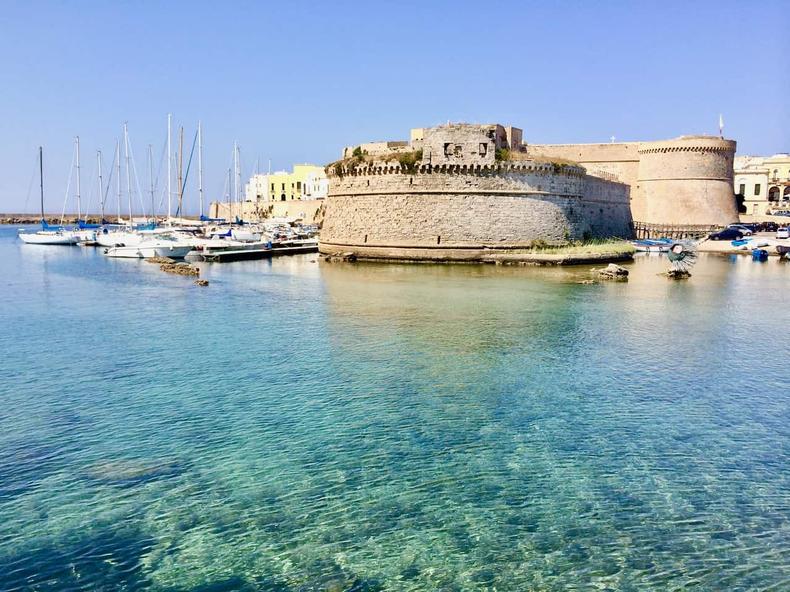
Dysentery swept through the trenches, weakening soldiers on both sides. When men are too sick to fight, military effectiveness plummets. The campaign dragged on into summer, worsening poor sanitary conditions and troop health.
This invisible enemy gnawed at the fighting strength more effectively than any bullet or shell.
Shifting Priorities: The Balkan Distraction
By October 1915, the Balkans threw a spanner in the works. Bulgaria joined the Central Powers, crushing Serbia and opening an uninterrupted Central Powers route from Berlin to Constantinople.
The Entente scrambled to send troops to Salonika, Greece, to prop up the Balkans front. Guess what? These reinforcements came from Gallipoli.
Slowly, the focus shifted from Gallipoli to the Balkans, draining manpower and resources. Ultimately, this strategic tug-of-war sealed Gallipoli’s fate—not battlefield defeat alone.
The Political and Diplomatic Mess
It wasn’t just bad battlefield decisions—diplomacy tanked, too. The Entente deployed troops into Greece for the Salonika Front *without* Greek consent, violating sovereignty. All this while preaching about defending smaller nations like Belgium.
Such hypocrisy showed that the campaign was marred by unclear political goals and a lack of unified support behind the scenes.
What Can We Learn From the Gallipoli Catastrophe?
Gallipoli teaches that even good ideas can die on the battlefield when reality bites. Strategic brilliance needs to be grounded in accurate intelligence and respect for the enemy’s strength.
- Never underestimate your opponent: The Ottoman forces’ training and leadership made a huge difference.
- Terrain matters: The brutal landscape shaped tactics and outcomes more decisively than fancy plans.
- Disease is a killer: Fighting conditions and hygiene can swing wars just as much as bullets.
- Don’t get distracted: Diverting resources amid ongoing battles invites failure.
- Politics matters: Without clear political backing and diplomatic support, military campaigns can flounder.
Final Thoughts
The Gallipoli Campaign stands as one of World War I’s most glaring failures. It’s not just a story of poor planning or battlefield mistakes. It’s a cautionary tale of hubris, underestimation, stubbornness, and the brutal reality of war’s chaos.
It reminds us that war demands respect for complexity—from the enemy and environment to political context. When those factors are ignored, the price can be staggering.
So, the next time you hear about Gallipoli, remember it isn’t just a tale of defeat—it’s a lesson on how not to fight a war.
